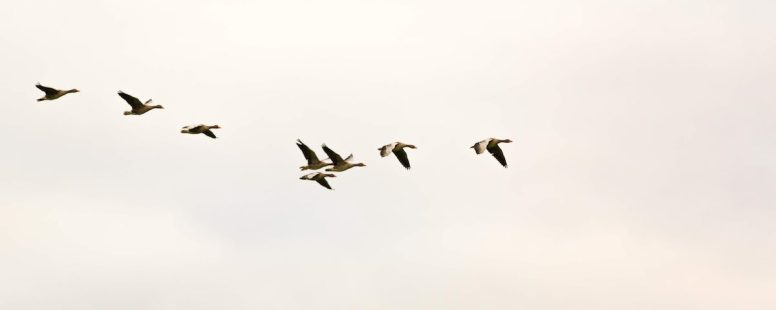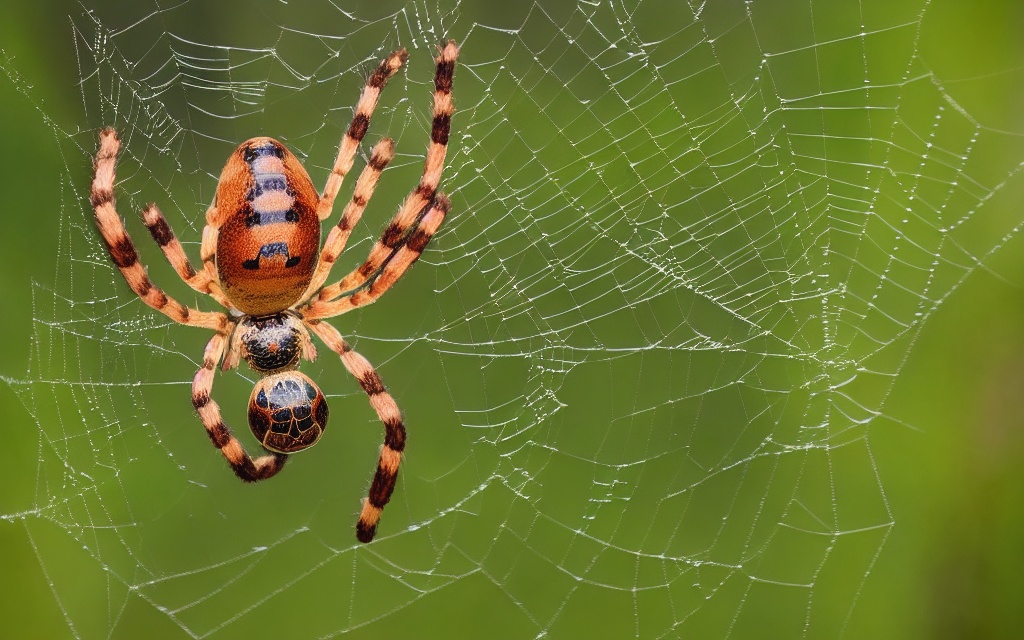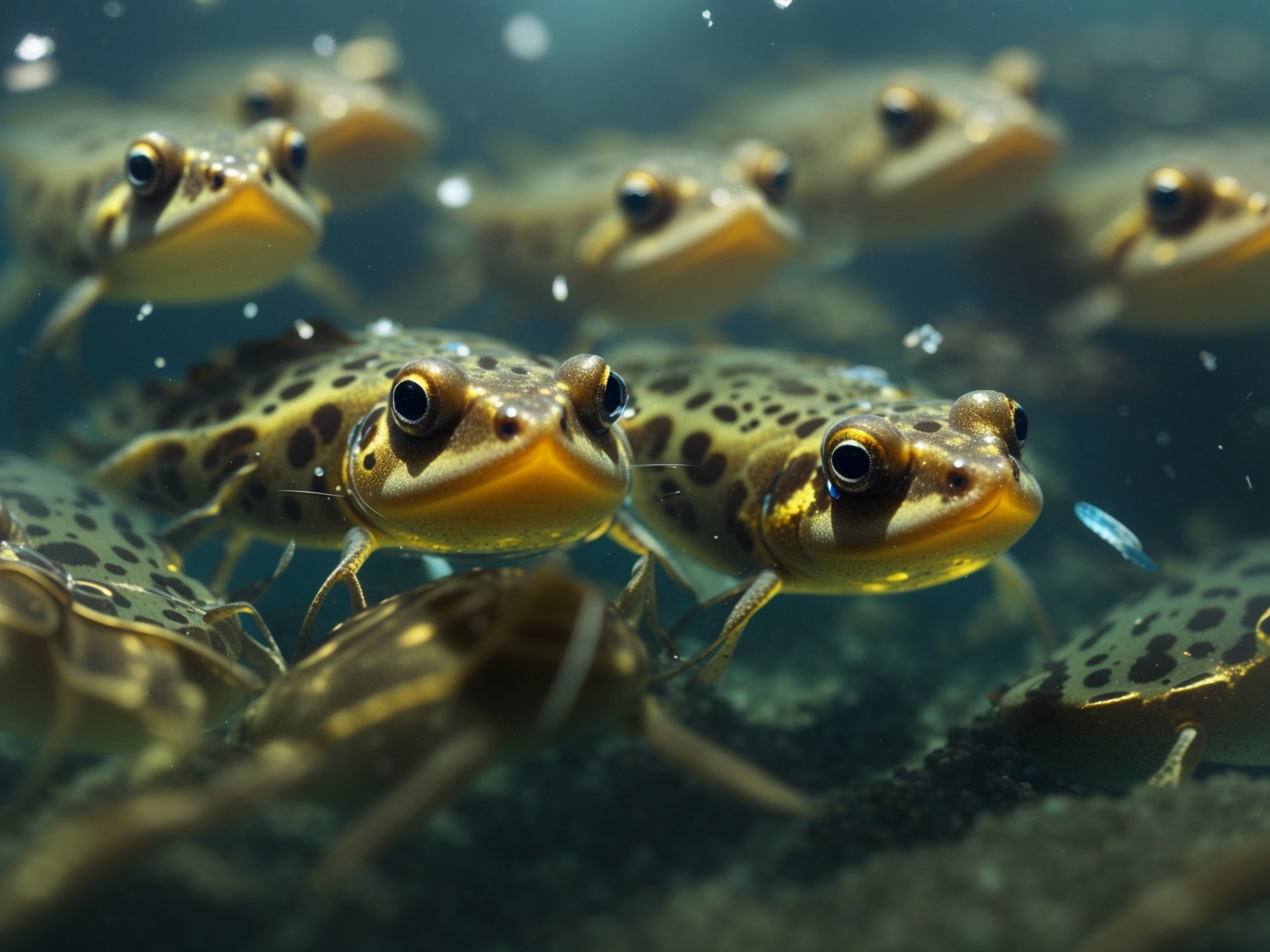Why Birds Fly in Circles: Unpacking the Science
Have you noticed flocks of birds soaring in circles and pondered what’s up with that? It’s not just a random pattern; there’s science behind this mesmerizing behavior. In this article, you’ll uncover the reasons birds take to the skies in these looping formations.
From thermal columns to communication, you’ll learn about the fascinating factors that influence these avian acrobats. Get ready to dive into the world of birds and understand the intricacies of their flight patterns that have intrigued birdwatchers and scientists alike. Keep reading to unravel the mystery of why birds fly in circles.
The Phenomenon of Birds Flying in Circles
When you spot a group of birds soaring effortlessly in the sky, have you ever wondered what’s guiding their circular pattern? This captivating sight is not just a display of aerial acrobatics but a survival strategy deeply rooted in avian behavior. Thermal soaring is a key factor driving this phenomenon. Birds exploit rising columns of warm air, known as thermals, to gain altitude without expending much energy.
Birds have refined their flying techniques to conserve vital energy stores. Circling within a thermal allows them to stay aloft with minimal wing flapping. This energy-efficient method is crucial, especially for migratory species that cover long distances. They keenly sense the presence of these invisible thermal updrafts and navigate towards them.
Communication among the flock also plays a significant role. While one bird finds a thermal, others quickly follow, moving in sync to form a circle. This coordinated effort not only aids in maintaining the group’s cohesion but also serves as a visual signal to other birds in the vicinity that a thermal has been located.
Predator avoidance is yet another reason birds fly in circles. The collective movement makes it more difficult for predators to target a single bird. Plus, the higher vantage point gives birds a panoramic view to spot any threats from afar.
Here’s a breakdown of why birds fly in circles:
- Thermal Soaring: Utilization of warm air currents to gain altitude.
- Energy Conservation: Circular gliding reduces the need for constant wing flapping.
- Group Communication: Circular patterns signal the location of thermals to others.
- Safety in Numbers: Aerial formations confuse predators and allow for better threat detection.
By observing these patterns, you’re getting a glimpse into the complex and efficient ways birds have adapted to their environment. Next time you see a majestic swirl of birds in the sky, you’ll understand the multifaceted reasons behind their seemingly simple flight pattern.
Thermals: Nature’s Elevators for Avian Acrobats
When you watch birds soaring effortlessly in the sky, they’re often hitching a ride on nature’s hidden lifts known as thermals. Thermals are upward currents of warm air formed when the sun heats the Earth’s surface unevenly. Certain areas—like dark fields or pavement—warm up faster and the rising warm air from these hot spots creates these invisible elevators. Birds with their keen senses can detect these thermal updrafts and use them to their advantage.
You’ll find birds entering a thermal and then circling within it. As they rise higher, they do so without flapping their wings, thus conserving precious energy. It’s this energy-efficient travel that makes long-distance migration and soaring for hours possible. Think of it like catching a free ride up a mountain instead of hiking.
Visualize birds like eagles, hawks, and vultures; they’re the masters of thermal riding. Their broad wings are built for gliding and they’re able to cover vast expanses of sky by transitioning from one thermal to another. When a bird reaches the top of a thermal, it’ll often glide across the sky in search of the next warm air column.
But not all birds use thermals in the same way. Smaller birds might use shorter, more frequent thermals for quick altitude gains. Your local songbirds, for instance, might use a quick thermal boost to get a better view of their surroundings or to launch themselves into a journey.
By utilizing thermals, these avian acrobats illustrate a perfect symbiosis with their environment, turning the invisible forces of nature into an aerial dance that supports their survival and efficiency.
Advantages of Flying in Circular Formations
When you watch birds soaring high above, it’s clear there’s more to their flight than meets the eye. Flying in circles isn’t just a whimsical choice; it’s a strategic move that provides numerous advantages for these feathered travelers.
Firstly, circling in the sky helps birds maximize thermal uplift. Warm air rises from the earth in columns known as thermals. By spiraling upwards with them, birds can attain significant heights while conserving precious energy that would otherwise be spent flapping their wings. This method of flight is especially beneficial for migratory species that traverse long distances, as it can significantly reduce the physical strain of their journey.
Moreover, flying in a circular pattern allows birds to stay oriented and maintain a vantage point. From high up in the sky, they can survey vast areas of land, spotting potential food sources, avoiding predators, and navigating towards their next destination. For instance, a red-tailed hawk might circle over a field, using its keen eyesight to locate a meal below.
Circular flight also creates an opportunity for birds to engage in social behaviors. While gliding on thermals, they can communicate with one another, align their travel patterns, and even play airborne games that strengthen their social bonds and coordination skills.
For birds of prey, this behavior serves a dual purpose. Not only do they conserve energy for long flights, but they also scan the ground for prey. This energy-efficient lookout approach allows them to swoop down rapidly once they spot a target.
Birds flying in circles demonstrate a harmony between instinct and learned behavior, showcasing their innate understanding of the natural forces at work. The next time you spot a bird riding the invisible whirlwinds in the sky, remember that you’re witnessing a finely-tuned adaptation that has been perfected over millennia.
Communication in Flight: Aerial Chatter among Birds
Birds flying in circles isn’t just about the physics of air currents and energy conservation; it’s also about complex communication. As you watch a flock wheeling through the sky, you’re actually witnessing a sophisticated form of social interaction. They’re not just sharing airspace; they’re sharing information.
In the avian world, staying connected mid-flight is crucial. So how do they do it? Birds use a variety of vocalizations and body signals to stay in sync. This airborne communication ensures they maintain formation and alert each other to any potential dangers or opportunities.
Vocalizations serve as the primary means of chatter in the skies. You might have noticed birds calling to each other during flight. These calls can signal a change in direction, a food source, or an approaching predator. It’s a brilliant strategy that allows them to relay messages over the wind’s roar.
Body language is another tool in their communicative arsenal. Adjusting wing angles or altering flight patterns instantly conveys intentions to fellow fliers. For example, a sudden shift in a leader’s flight path cascades down the formation, enabling quick collective maneuvering.
When birds of prey circle in the sky, they’re often silently examining the ground for a meal. Below them, other birds watch their movements closely, interpreting them as cues. If a predator dives, this means a potential threat is present, and the spectator birds prepare to escape.
Key to these communication methods is the need for acute visual and auditory perception. Birds have evolved to interpret signals and cues with exceptional speed and accuracy. It’s what allows them to navigate the aerial environment, where split-second decisions can be the difference between life and death.
Understanding bird communication during flight gives you a deeper appreciation for their aerial dances. Next time you see a flock in motion, you’ll know there’s more happening than meets the eye. They’re not just flying; they’re talking.
Dispelling Some Common Misconceptions
You might think that birds fly in circles simply because they’re following the leader or chasing each other in a playful dance. However, this isn’t exactly the case. Birds have mastered the art of efficient travel and their circular paths are more methodical than they seem. Let’s tackle some misconceptions you might have heard.
Firstly, it’s not about play or randomness. While birds do engage in social behaviors, their circular flight patterns are strategic and purposeful. This continual loop-de-loop is tied to thermal columns, invisible spirals of warm air that rise from the earth. Birds harness these thermals to gain altitude without flapping their wings, conserving precious energy for long journeys.
Some people believe that birds get disoriented easily, causing them to fly in circles. This couldn’t be further from the truth. Birds have an impeccable sense of direction. They use the sun, stars, and even the Earth’s magnetic field to navigate. Circling doesn’t indicate confusion; it’s a calculated move that keeps them on course and allows them to scan their surroundings.
Bird communication is sophisticated. The idea that birds can’t communicate complex ideas is outdated. Through their vocalizations and body language, they relay messages about direction, danger, and even the location of food sources. This constant exchange ensures the group moves as one fluid unit.
Contrary to popular belief, flying in circles isn’t tiring for these feathered travelers. It’s actually the opposite. By riding thermals, birds can cover great distances while expending minimal energy. When they circle, they’re effectively resting in the sky, preparing for the next leg of their trip.
Understanding the factual reasons behind birds’ circular flight replaces myths with marvels. Their behaviors are intricate and fascinating, a testament to their adaptability and intelligence in the wild. Keep these points in mind, and you’ll begin to see their aerial acrobatics in a whole new light.
Conclusion: Unraveling the Mystery of Birds’ Looping Flight Patterns
You’ve seen that birds’ looping flights are far from aimless. They’re a testament to their adaptability and intelligence, harnessing nature’s offerings to travel efficiently. The next time you spot birds circling overhead, remember they’re engaging in a complex dance with the environment, conserving energy, and communicating with their flock. This behavior showcases their innate ability to navigate the skies with purpose and ease, ensuring their survival and continuation of their species. So when birds take to the skies in their mesmerizing circles, they’re not just displaying their grace but also their strategic mastery of flight.
- Decorating Your Backyard with Homemade Birdhouses: Creative Ideas to Attract Birds & Beautify Your Garden - October 3, 2025
- Creating Stepping Stones with Kids: A Fun Backyard Project for Family Bonding and Creativity - October 3, 2025
- Where Can I Sell Pottery Locally? Best Places and Tips for Selling Handmade Ceramics - October 3, 2025




